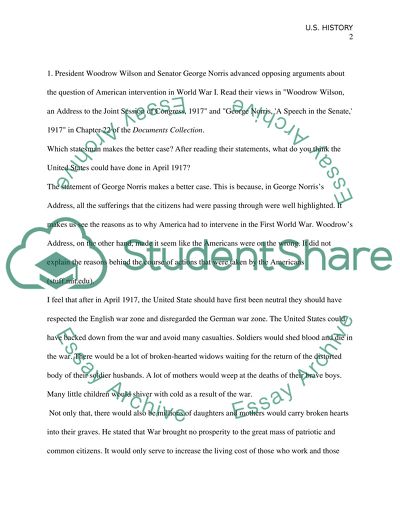Cite this document
(“U.S. History. The Steel Strike of 1919 Essay Example | Topics and Well Written Essays - 1250 words”, n.d.)
Retrieved from https://studentshare.org/history/1464675-us-history-the-steel-strike-of-1919
Retrieved from https://studentshare.org/history/1464675-us-history-the-steel-strike-of-1919
(U.S. History. The Steel Strike of 1919 Essay Example | Topics and Well Written Essays - 1250 Words)
https://studentshare.org/history/1464675-us-history-the-steel-strike-of-1919.
https://studentshare.org/history/1464675-us-history-the-steel-strike-of-1919.
“U.S. History. The Steel Strike of 1919 Essay Example | Topics and Well Written Essays - 1250 Words”, n.d. https://studentshare.org/history/1464675-us-history-the-steel-strike-of-1919.


